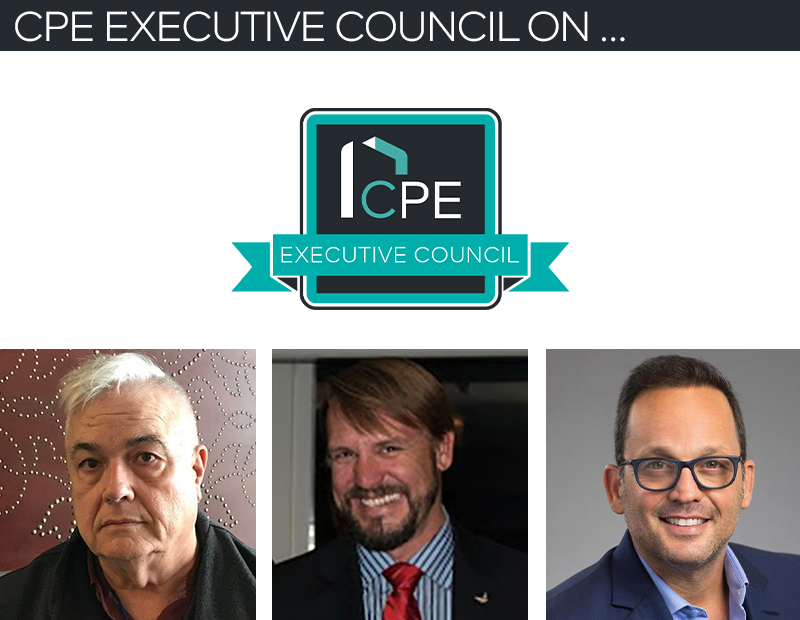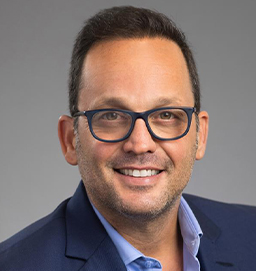CPE Executive Council: What are the Biggest Regulatory Hurdles in Developing New Properties


There are many challenges related to developing a new property, especially when it comes to navigating regulatory hurdles. This month the CPE Executive Council share some of the challenges they’re facing.

An In-Depth Look
Developing new properties often involves navigating a complex landscape of regulatory hurdles.
Local zoning laws can restrict the type and density of development, requiring developers to seek variances or rezoning approvals.
Changes to building codes, especially those related to energy efficiency and safety, can significantly increase development costs.
Fees imposed for infrastructure improvements, such as roads and utilities, can add substantial costs to development projects.
The process of obtaining necessary permits can be lengthy and unpredictable, causing delays and increasing costs.
Compliance with environmental regulations, including assessments and mitigation measures, can be costly and time-consuming.
Requirements to include affordable housing units in new developments can impact project feasibility.
Compliance with labor laws and safety standards, such as those enforced by OSHA, can add to the complexity and cost of development.
These regulatory hurdles can collectively account for a significant portion of development costs, sometimes making projects financially unviable
Overcoming regulatory hurdles in property development requires a strategic and collaborative approach. Here are some effective strategies:
Thorough Research
- Understand Local Regulations: Conduct detailed research on local zoning codes, building codes, and environmental regulations.
- Stay Updated: Regularly monitor changes in regulations and maintain strong relationships with local planning departments.
Engage Professionals
- Hire Experts: Collaborate with civil engineers, architects, and legal advisors who are well-versed in local regulations.
- Consult Sustainability Experts: Work with sustainability consultants to ensure compliance with environmental standards.
Community Engagement
- Public Meetings: Hold public meetings to address community concerns and gain support for your project.
- Transparent Communication: Maintain open and transparent communication with stakeholders to build trust and mitigate opposition.
Innovative Solutions
- Use PropTech: Leverage technology to streamline compliance processes and enhance project management.
- Sustainable Practices: Implement eco-friendly building practices to meet regulatory requirements and attract environmentally conscious buyers.
Flexible Planning
- Adaptable Designs: Develop flexible designs that can be adjusted to meet regulatory changes.
- Risk Management: Incorporate risk management strategies to anticipate and mitigate potential regulatory challenges.
Effective Project Management
- Detailed Planning: Create comprehensive project plans that include timelines, budgets, and compliance checkpoints.
- Regular Audits: Conduct regular audits to ensure ongoing compliance with regulations.
By adopting these strategies, developers can navigate regulatory hurdles more effectively and ensure smoother execution of their projects. —Doug Ressler, Manager, Business Intelligence, Yardi

The New Guard
Supporting the regulatory requirements for new commercial properties is not necessarily about technical prowess, it is more about getting the work done accurately and efficiently keeping them in state and federal compliance while not breaking the bank.
Lately, the regulatory community has had a major change of the guard and the people who wrote the guidelines and were responsible for implementing them have all left the industry or have retired. Those now implementing the regulations do not have the same “Tribal knowledge” the old guard had and treat all sites and investigations with the same level- of detailed scrutiny. On the surface, this sounds fine and normal, but we are learning the hard way in practice, every small dry cleaner and gas station site gets treated like a major polluting oil refinery or chemical plant. This creates real challenges for those small business owners.
It is not a surprise a gas station, an auto repair company and, especially, a dry cleaners have environmental challenges. The costs of remediation on these types of properties can easily exceed the value of the property itself. There are state-sponsored programs available in California to help ease these challenges including the Site Cleanup Subaccount Program (SCAP); Replacing, Removing, or Upgrading Underground Storage Tanks (RUST) grants and loans; and the old standby, the Underground Storage Tank (UST) Cleanup Fund in the State of California. Other states have similar programs. —David McAlister, Founder & President, McAlister GeoScience

Consistency and Clarity
Navigating zoning inconsistencies, changing rental regulations and evolving ESG standards can complicate acquisitions and portfolio growth. We need more consistency and clarity across municipalities to keep pace with the needs of modern renters. —Jordan Kavana, Founder & Chairman, ARK Homes for Rent
Interested in joining the CPE Executive Council and being featured in future articles? Email Jessica Fiur.
The post CPE Executive Council: What are the Biggest Regulatory Hurdles in Developing New Properties appeared first on Commercial Property Executive.





